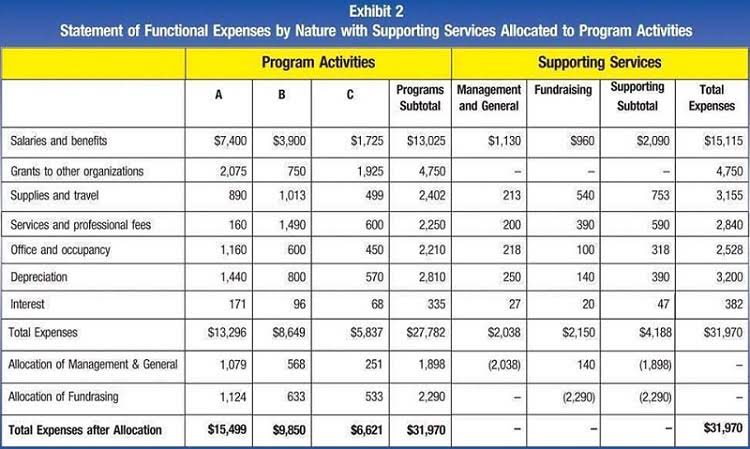
As long as you’re a responsible business owner and not failing to make payroll, this is an acceptable method. Paying employees in arrears gives employers more time to calculate all the factors, such as overtime, paid time off, or commissions, before issuing payments. Most businesses compensate employees this way because it’s easier for them to calculate total wages for the current pay period. At the same time, however, it must be able to pay its own invoices, for which cash is necessary. “Paid in arrears” means that payment for a service is provided after the service has been rendered.
- With more time to pay, you can make more sales to generate cash for payments.
- It does not mean the payment is late, just that it is paid at the end of a fixed period.
- The following illustrations are examples of common situations where an individual or entity is paid in arrears.
- For example, suppose a supermarket receives a new shipment of fresh milk.
- When you pay for goods and services after they’ve been received, they’re paid in arrears.
- It’s also important to comply with local, provincial, and federal labor laws when processing payroll.
Different Payment Schedules
- This means that you have 30 days to submit your payment after receiving the service.
- PIP payments are paid every four weeks in arrears, as are state pensions.
- If they’re unsure if you’ll do the job to their expectations, they may be unwilling to pay in advance.
- Job termination usually only occurs if nonpayment directly affects job performance or integrity.
- Mortgage interest payments are paid in arrears and only suggest a negative connotation when the due date has passed.
These state rules exist to protect employees and ensure they are paid in a timely fashion after completing work for a business. The following illustrations are examples of common situations where an individual or entity is paid in arrears. That payment reflects owning the title of property for the previous tax year, which runs from Oct. 1 – Sept. 30. Not only do customers in arrears hurt their seller financially; they also bring upon unwanted tension to the partnership.
Using Arrears Billing vs. Advance Payments: Benefits and Disadvantages
- Since the employees receive their money after the work has already been completed, it will be known as paid monthly in arrears.
- Yes, other payroll deductions, such as child support payments, can be impacted by payment in arrears.
- Because you didn’t make the July payment, August’s payment is in arrears.
- When this occurs, there are several practical steps a company can take to catch up.
As long as payment is provided on the designated payday, in arrears payroll is not considered a late payment by the employer. Most companies pay in arrears paid in arrears because it reduces confusion when processing payroll. Paying in advance can result in overtime hours, paid time off or sick leave being miscalculated.

Payment in advance
If the annuity payment is made at the end of a fixed period, rather than at the start, it is referred to as an annuity in arrears or an ordinary annuity. It does not mean the payment is late, just that it is paid at the end of a fixed period. Settling payments in arrears is a common practice for many businesses. It carries several benefits, such as allowing for more payroll flexibility and time to conduct accurate calculations. However, it may also introduce complications like delayed payments or lost revenue for suppliers.
On the other hand, when employees are paid in current, it can make processing payroll more challenging, especially for commissioned and hourly employees. Because there’s no gap between the end of a pay period and the day employees get paid, employers will have to predict employee hours. For example, if a work week is Monday through Sunday and you pay employees every Friday, you’ll have to process payroll early.
“Arrears” in the context of overdue payments

With Joist, you can make collecting payments the easiest part of your business. You’ll cut cash flow delays, save time on tracking payments, and collect down payments on-site. In terms of accounting, paying in arrears refers to goods and services received from external vendors instead of employees. If you work in payroll or accounting, you’re probably familiar with the phrase “paid in arrears.” But this knowledge shouldn’t be limited to the accounting department. The term has implications for business-wide activities, so it’s essential to understand what it means and how it applies to your business.
